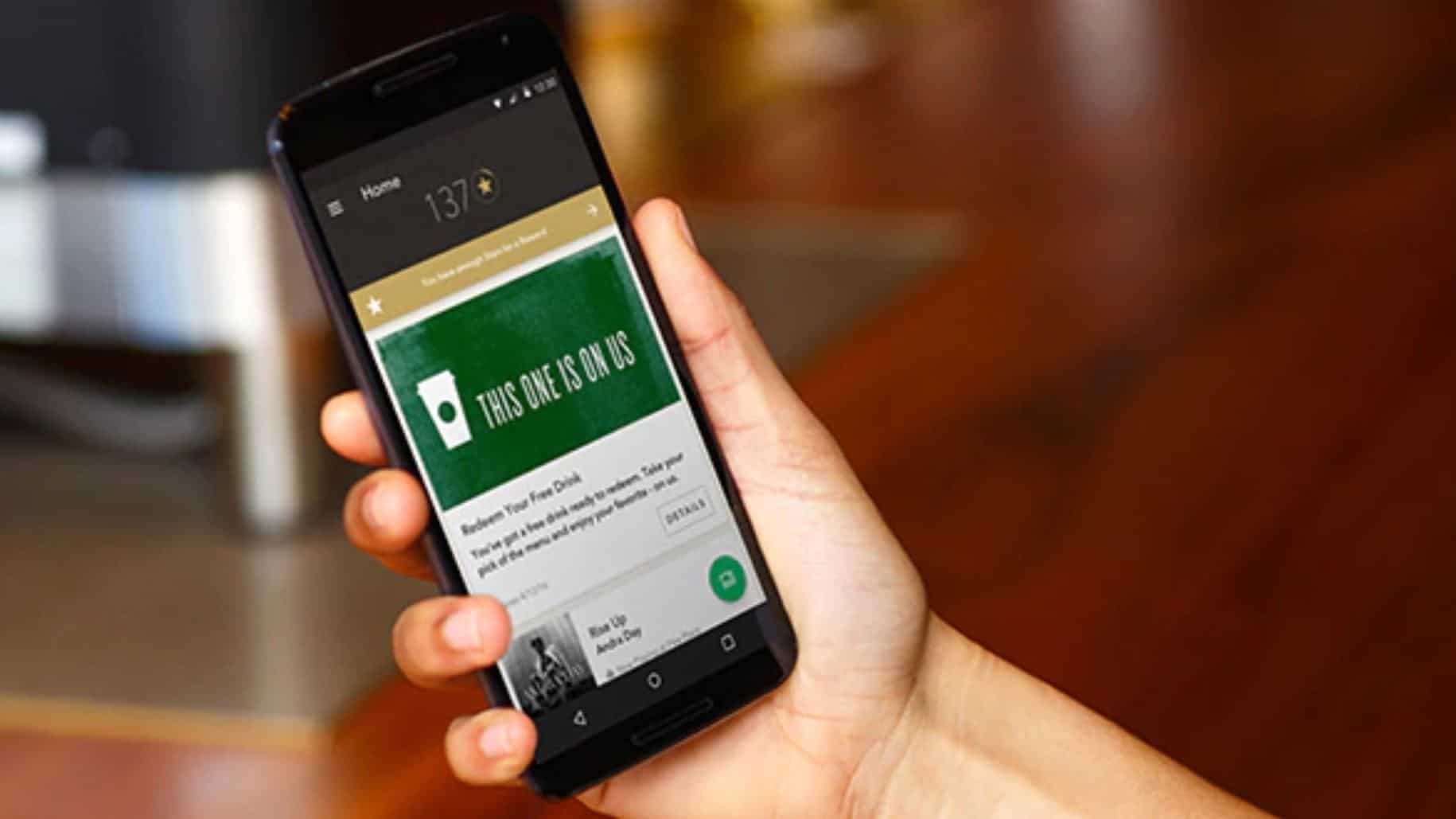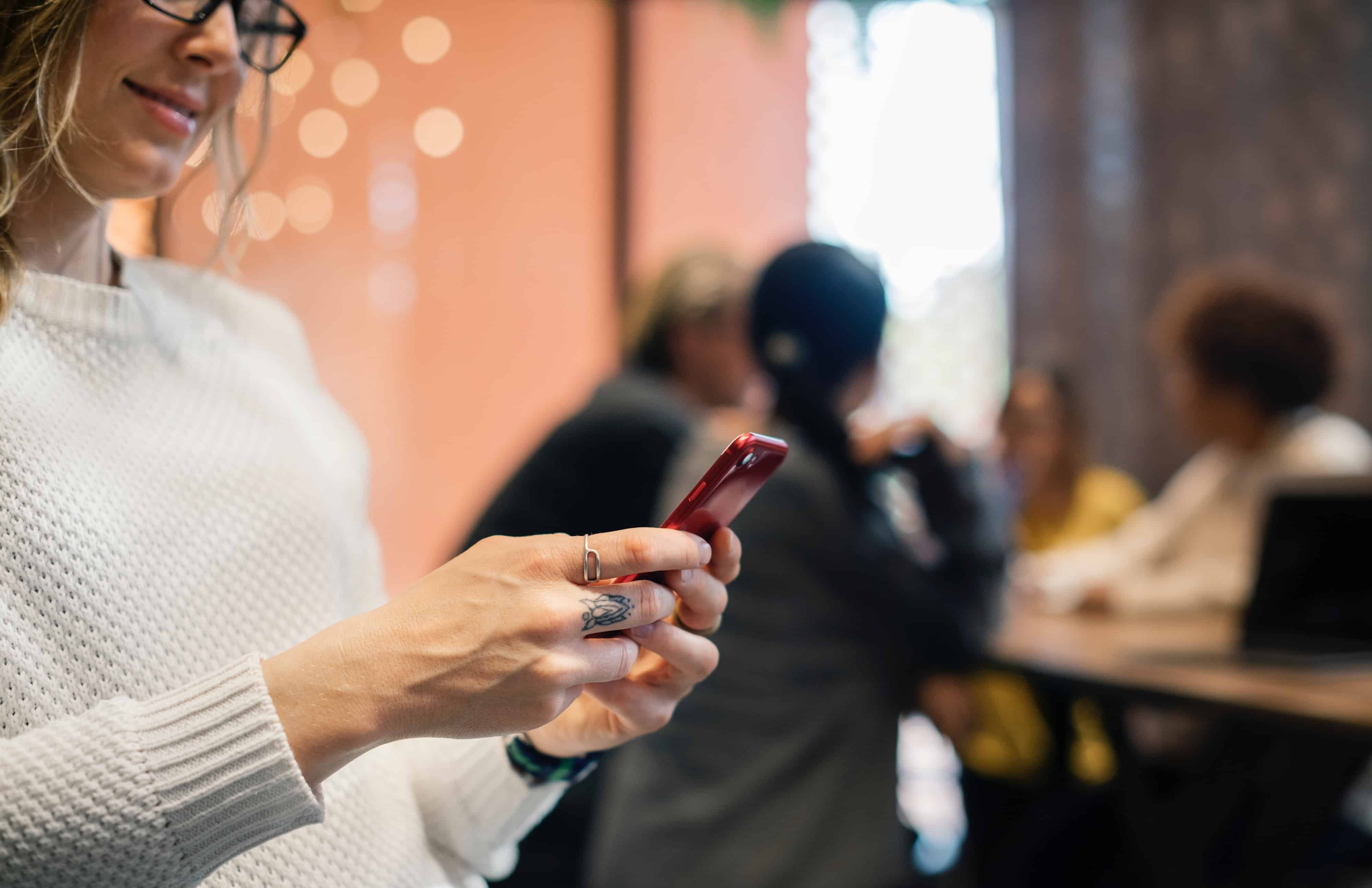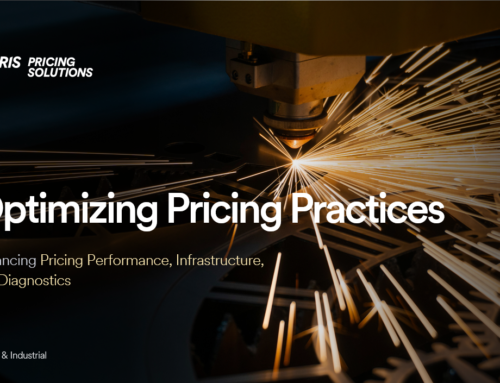By Fred Puech, Vice President of Pricing Analytics and Restaurant Expert at Pricing Solutions
Restaurant apps aren’t a new phenomenon. In fact, in 2010 Starbucks rolled out what was, at the time, the largest mobile payment program of its kind. Starbuck’s goal was to “offer a truly innovative mobile experience for customers worldwide,” the company says. The results far surpassed expectations – mobile transactions exceeded 26 million within the first year.
Third party apps like Skip the Dishes are also convenient for restaurant chains and their customers. Both types of apps provide tremendous additional value to guests, mostly by reducing or even eliminating wait times. However, the benefits differ for the restaurants themselves.
While customized apps provide a wealth of data that is extremely valuable to restaurants, chains that use a third-party app like Skip the Dishes won’t have the same level of access to data about customer behavior because this data belongs to the third-party vendor.
With a customized app, restaurants can track individual customers over time. Customers need to login to use the restaurant’s app, which means that transactions are tied to specific individuals through a customer ID. Unless a loyalty program is in place, it is almost impossible to track customers in this way with on-premise purchases, especially when customers pay with cash.
So, it’s not surprising to see other restaurant chains follow Starbucks lead, massively investing in building their own mobile apps so customers can conveniently order food from their phones while the restaurant collects critical information about each customer and each transaction.

Here’s how restaurants are using this data to make strategic decisions around pricing to drive profits and improve customer experiences:
1. Determining When to Switch Menu Items or Offer Promotions
Analyzing this data can help restaurants understand how customers “switch” items after a price increase or during a promotion. Will customers keep on buying the same item, switch to something else on the menu, or leave entirely?
With data collected from their app, restaurants can analyze and then predict at a high level of granularity and accuracy how a given customer reacts to a price increase on their favorite item, or to a new promotional offer.
When Pricing Solutions analyzed data for one of our QSR clients, we found that one of their promotions which looked highly successful when analyzed on its own, was in fact totally cannibalizing sales of other, higher priced items, and wasn’t driving much incremental traffic.
When looked at holistically, the company was actually losing money on the offer. Based on this information the promotion was discontinued, and customers went back to purchasing their usual items.
2. Segmenting Customers Based on Behavior
By analyzing purchasing patterns such as frequency of purchase, preferred time of day and day of the week, percentage of items purchased on promotion, product mix, etc., it is possible to build highly accurate “clusters” of customers who share similar purchase patterns. These clusters can then be leveraged to define a pricing strategy for each and offers can then be tailored to each segment.
Recently, we identified four clusters for our QSR client:
- “Loyal cravers” who visited at least once per week and craved the same thing
- “Loyal variety” who visited at least once per week and bought a variety of menu items
- “Weekend promotional driven” customers, who had larger tickets on weekends and tended to buy promotional items
- “Weekday promotional buyers” who had larger tickets on weekdays and tended to buy promotional items
Based on the data, we determined that it would make little sense to try to increase frequency with the “loyal cravers” group. Instead, we recommended increasing their average bill with the right upsell strategy.
For the groups strongly driven by promotions on specific days (weekends versus weekdays), offering them the customized promotion helped drive frequency and was a more appropriate pricing strategy.
Restaurants can also apply geographical data to customer segments and link this information to their store tiering strategy. For example, in the four customer segments listed above, it would be possible to look at each restaurant within the chain and calculate the proportion of customers under each segment and then apply pricing strategies accordingly to optimize promotions at each location.
3. Test Offers and Price Points
With the use of their apps, restaurants can minimize the risks of launching an unsuccessful promotion or pricing themselves out of their own market. To mitigate these risks, restaurants can conduct small tests through their apps.
A/B testing is a very popular technique used in web development to test new features and identify the ones that customers really like. This strategy consists of showing a different version of the same website (one with the feature, one without) to two different groups of customers selected randomly.
Many businesses selling subscriptions online also use A/B testing to determine what the right price points should be for their various offers.
Similar approaches can be applied to restaurant promotions given to customers using the app. Since the restaurant already has data about each individual customer, the information that is collected from A/B testing is much richer. When cross-validated with the customer’s typical location this data can even become a component of a broader store tiering strategy.
Click here to learn more about how the Pricing Solutions team identified a $10 million pricing opportunity for a client in the restaurant industry by building a successful data and analytics pricing strategy.Using Data to Drive Profits
These three examples show the power of leveraging the new data stream that restaurants collect through their apps. Based on our experience, using the data collected from a customized restaurant app for pricing purposes can generate significant payback. As you can see, when restaurants leverage apps as restaurant pricing apps, the potential for increased profits is enormous.
Looking to develop meaningful insights from the customer data your restaurant has collected? Pricing Solutions combines our extensive industry knowledge and experience with pricing expertise to deliver customized solutions that provide impactful results.Contact us today to learn more.





